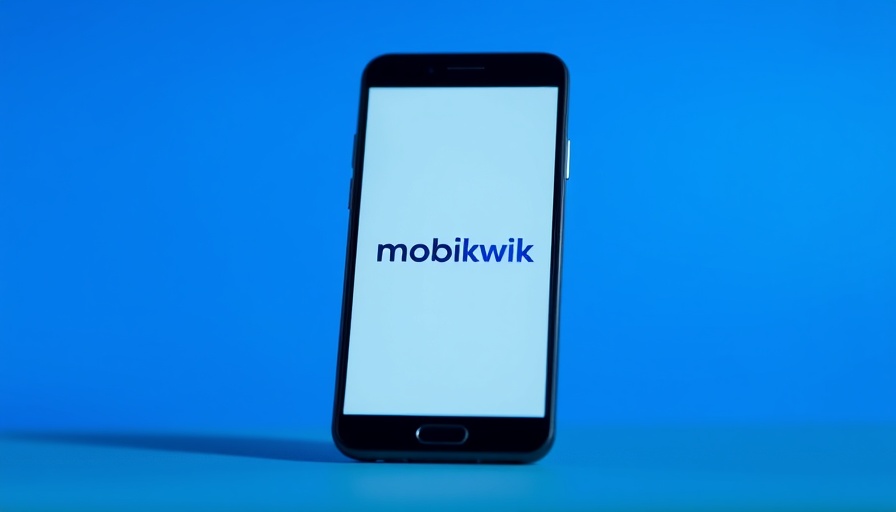
One MobiKwik Systems' Bold Move: Granting Over 3.2 Lakh ESOPs
In a strategic move that signals confidence in its workforce, fintech company One MobiKwik Systems has announced the grant of 3,27,688 employee stock options (ESOPs) to eligible employees. This initiative, designed to enhance employee engagement and retention, comes as part of its MobiKwik Employee Stock Option Plan 2014, highlighting the significance of aligning employee interests with the company’s growth trajectory.
Understanding the Mechanics of ESOPs
Each stock option offered to employees is convertible into one fully paid-up equity share of face value ₹2, priced at face value. This straightforward approach simplifies the investment for employees, enhancing their connection to the company’s success. Notably, these options will not be subject to lock-in periods, providing flexibility. They will vest over a four-year period, structured with 20% vesting after the first and second years, and 30% on the third and fourth years. This staggered vesting strategy incentivizes long-term retention, motivating employees to invest their efforts towards the company’s sustained success.
Why Employee Stock Options Matter
For HR professionals and compensation specialists, understanding the implications of stock options is crucial in developing effective compensation strategies. ESOPs not only serve as a financial incentive but also promote a sense of ownership among employees. They foster loyalty and can significantly enhance employee satisfaction, as individuals feel they are stakeholders in the company’s fortunes.
Aligning ESOPs with Employee Engagement
By granting stock options, One MobiKwik Systems is tapping into proven employee retention strategies. Having a vested stake in the company's performance encourages employees to contribute more passionately. This aligns perfectly with current trends in human capital management where businesses seek to create environments that promote engagement, satisfaction, and retention.
Current Trends in Payroll Management and Employee Benefits
With a rise in the adoption of HR technology and digital transformations across various organizations, innovative compensation solutions like ESOPs have become more prevalent. The landscape of workforce management is evolving, and with it, financial models that align with employee welfare are gaining traction. As companies like One MobiKwik lead the charge, it’s essential for HR practitioners to stay updated on payroll systems, payroll compliance, and benefits administration to remain competitive.
The Future of Employee Benefits: What Lies Ahead?
As organizations continue to innovate their employee benefits programs, it will be intriguing to watch how ESOPs integrate into broader compensation strategies. Adopting flexible and appealing options may become a pivotal strategy for attracting talent in competitive job markets. This proactive approach may also enhance payroll effectiveness and provide more streamlined benefits enrollment processes.
Takeaway for HR Professionals: A Call to Action
As professionals in human resources, this development from One MobiKwik emphasizes the importance of crafting compensation packages that not only meet regulatory requirements but also elevate employee morale and engagement. Explore how you can adopt similar strategies in your organization. Determine how to optimize your HR practices and enhance employee satisfaction through tailored compensation solutions.
In Conclusion
The grant of over 3.2 lakh ESOPs by One MobiKwik Systems exemplifies a robust model of aligning company growth with employee welfare. As the industry adapts and evolves, such initiatives will likely become a benchmark for effective HR practices.
 Add Row
Add Row  Add
Add 




Write A Comment